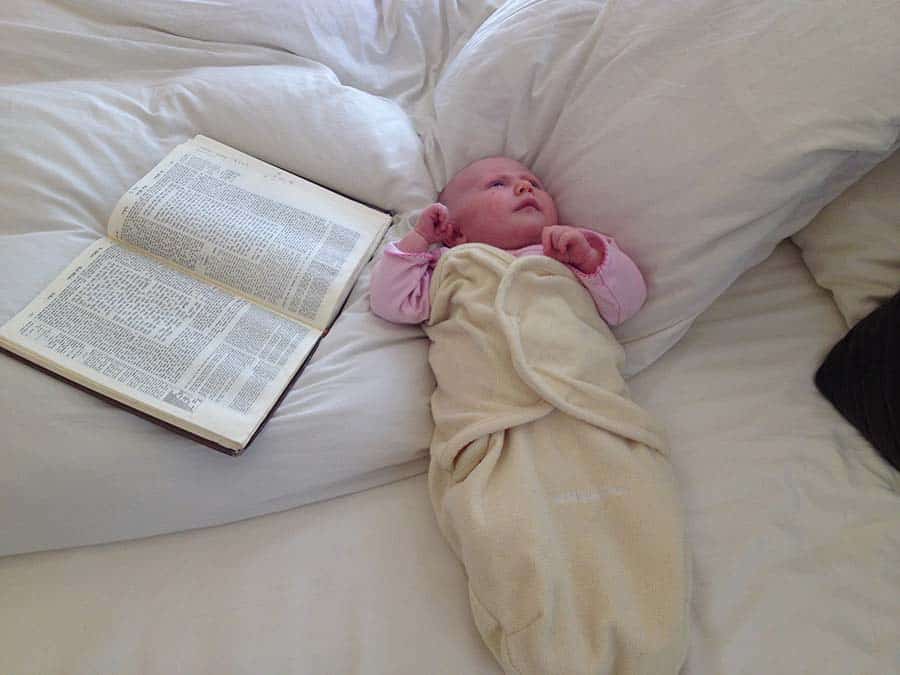Jewish Justice and #MeToo
Joshua Yuter considers rabbinic conceptions of justice in the age of #metoo.
Return… Again? Theories of Twice-Baked Teshuvah
Lehrhaus founder Shlomo Zuckier examines the debate about whether we can repeat Teshuvah for the same sin.
The Challenge and Joy of Living With Tension
Shayna Goldberg contributes to the Lehrhaus Symposium on the recent OU statement regarding female clergy.
How Will We Recognize Shabbat?
Gabriel Greenberg looks at a Talmudic passage on what to do when you don’t know which day is Shabbat and the insights it provides for our current situation.
The Legacy of Rav Moshe Kahn zt’’l
In commemoration of the upcoming Sheloshim of Rav Moshe Kahn, Mindy Schwartz Zolty shares a Hesped of her teacher in which she discusses his derekh ha-limmud and his derekh as a melamed.
An Alternate View on Rav Aharon Lichtenstein and Academic Talmud Study
Lawrence Kaplan
In his recent Lehrhaus essay “Rabbi Aharon Lichtenstein and Academic Talmud Study,” Professor Avraham (Rami) Reiner proves himself to be a genuine disciple...
Darkness We Have Come to Dispel: Between The Light of Hanukkah and the Black...
Mois Navon explores what makes Hanukkah so special.
Vaccines, Hysteria, and Rabbinic Responsibility: A Plea from the Trenches
Jeremy Brown comments on the history and necessity of vaccination in the Jewish community.
Curriculum, Crisis, and Change: Towards a Talmud Curriculum Grounded in Educational Theory
David Stein with a fresh look at the methods and priorities of teaching Talmud in Modern Orthodox day schools.
The Downside of Digital Democratization: A Response to Zev Eleff
Sarah Rudolph responds to Zev Eleff's article on "Digital Democratization".



















 Site Operations and Technology by The Berman Consulting Group.
Site Operations and Technology by The Berman Consulting Group.